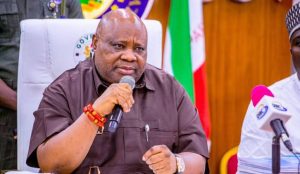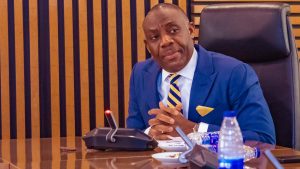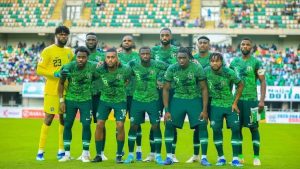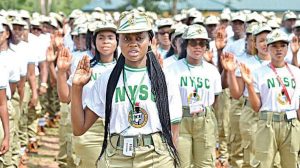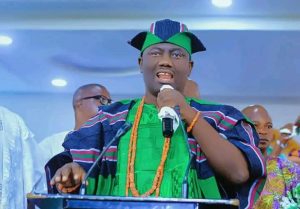First Nigerian Republic: Nigeria’s early democratic experiment (1963–1966)
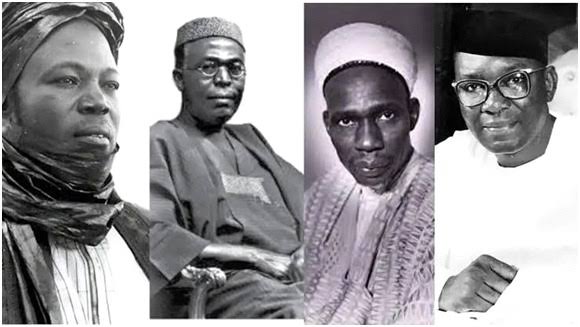
Key Figures in the First Nigerian Republic (Photo Credit: Hope Newspaper)
The First Nigerian Republic refers to the period between 1963 and 1966 when Nigeria became a sovereign republic operating under a parliamentary system of government. It marked Nigeria’s official transition from colonial rule to republican status following independence from Britain in 1960.
What Was the First Nigerian Republic?
The First Nigerian Republic was established on October 1, 1963, when Nigeria adopted a republican constitution and replaced Queen Elizabeth II as head of state with a Nigerian president. Although Nigeria gained independence in 1960, it remained under a constitutional monarchy until becoming a republic in 1963.
Structure of the First Nigerian Republic
The First Nigerian Republic operated under a Westminster-style parliamentary system which included:
- President: Ceremonial head of state – Dr. Nnamdi Azikiwe.
- Prime Minister: Head of government – Sir Abubakar Tafawa Balewa.
- Bicameral Legislature: Senate and House of Representatives.
- Regional Governments: Northern, Western, Eastern, and later Mid-Western regions.
Key Figures in the First Nigerian Republic
- Dr. Nnamdi Azikiwe – First President of Nigeria.
- Sir Abubakar Tafawa Balewa – Prime Minister.
- Chief Obafemi Awolowo – Western Region Premier and Action Group leader.
- Sir Ahmadu Bello – Northern Region Premier and Sardauna of Sokoto.
- Dr. Michael Okpara – Premier of the Eastern Region.
Achievements of the First Nigerian Republic
- Expansion of educational institutions and opportunities.
- Development of national infrastructure: roads, railways, and airports.
- Promotion of indigenous enterprise and agriculture.
- Strong foreign policy, particularly in African affairs.
Challenges and the Fall of the First Nigerian Republic
The First Nigerian Republic was short-lived due to multiple challenges:
- Ethnic Rivalries: Political competition among regions and ethnic groups.
- Corruption: Mismanagement of public funds.
- Western Region Crisis: Violence and unrest, also called the “Wild Wild West” crisis.
- Military Coup: On January 15, 1966, a coup led by army officers toppled the civilian government, marking the end of the First Nigerian Republic.
Legacy of the First Nigerian Republic
Though the First Nigerian Republic lasted only three years, it significantly shaped Nigeria’s political landscape. It exposed the strengths and weaknesses of a diverse federal democracy and set the stage for subsequent republics and military interventions.
Conclusion
The First Nigerian Republic remains a foundational period in Nigeria’s democratic evolution. Despite its collapse, the republic’s structure, leaders, and legacy continue to influence Nigerian politics today.
FAQs About the First Nigerian Republic
When did the First Nigerian Republic start and end?
It started on October 1, 1963, and ended on January 15, 1966.
Who was Nigeria’s first president?
Dr. Nnamdi Azikiwe.
Why did the First Nigerian Republic collapse?
Due to ethnic tensions, corruption, political instability, and a military coup.




